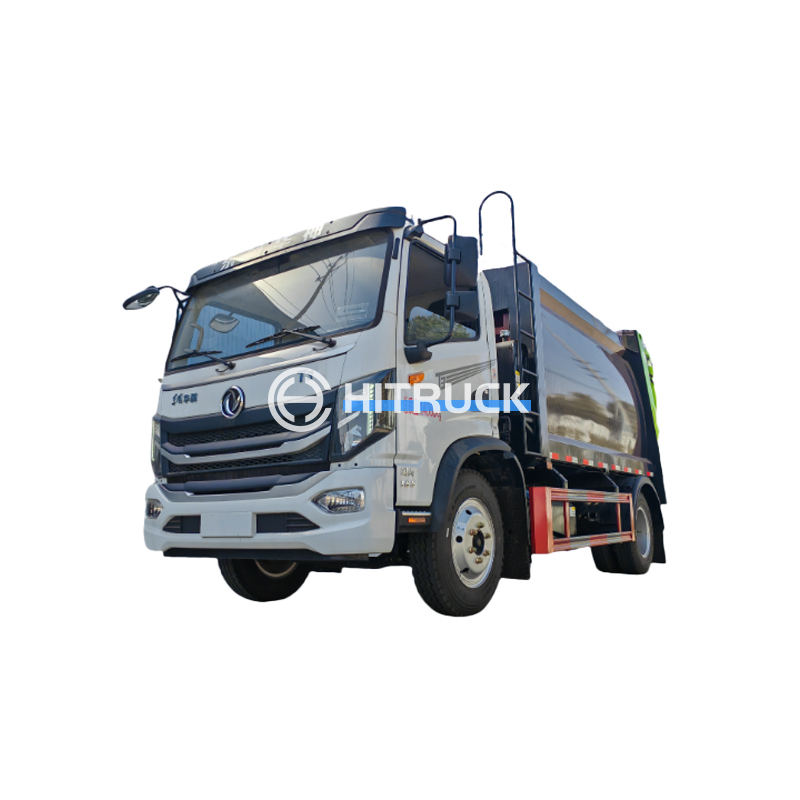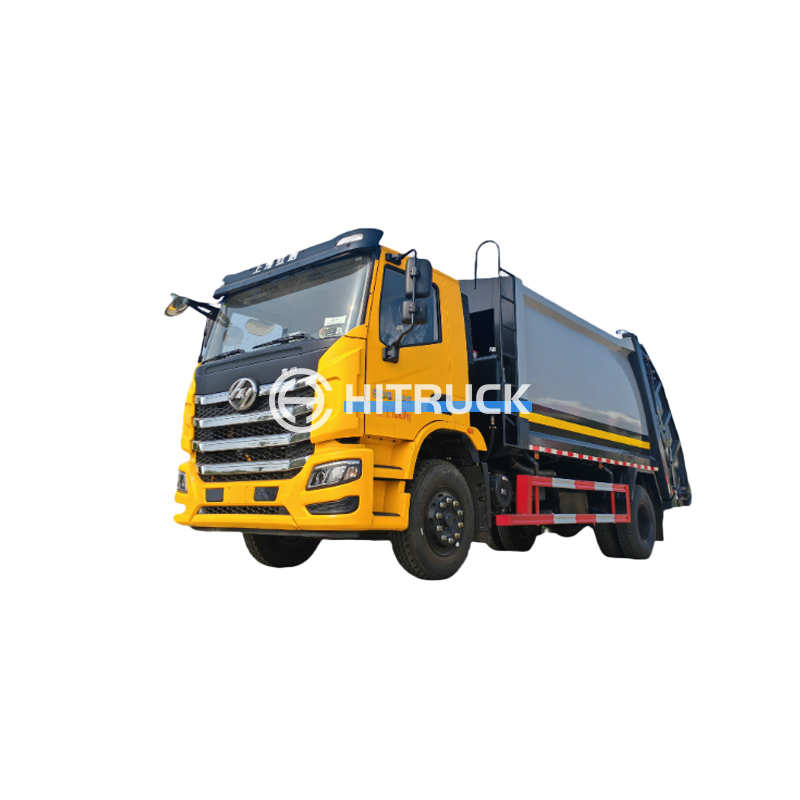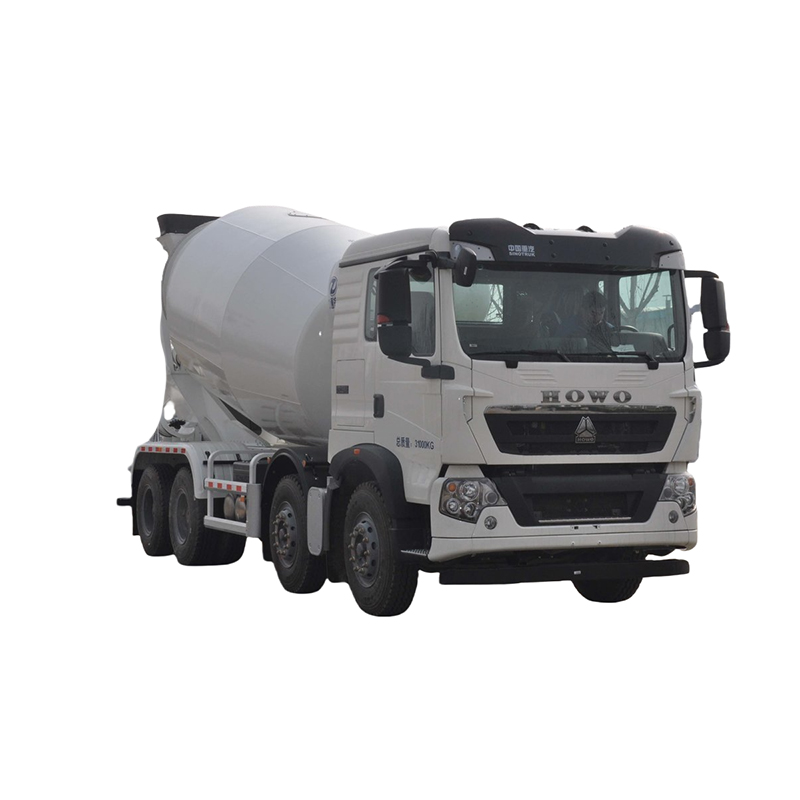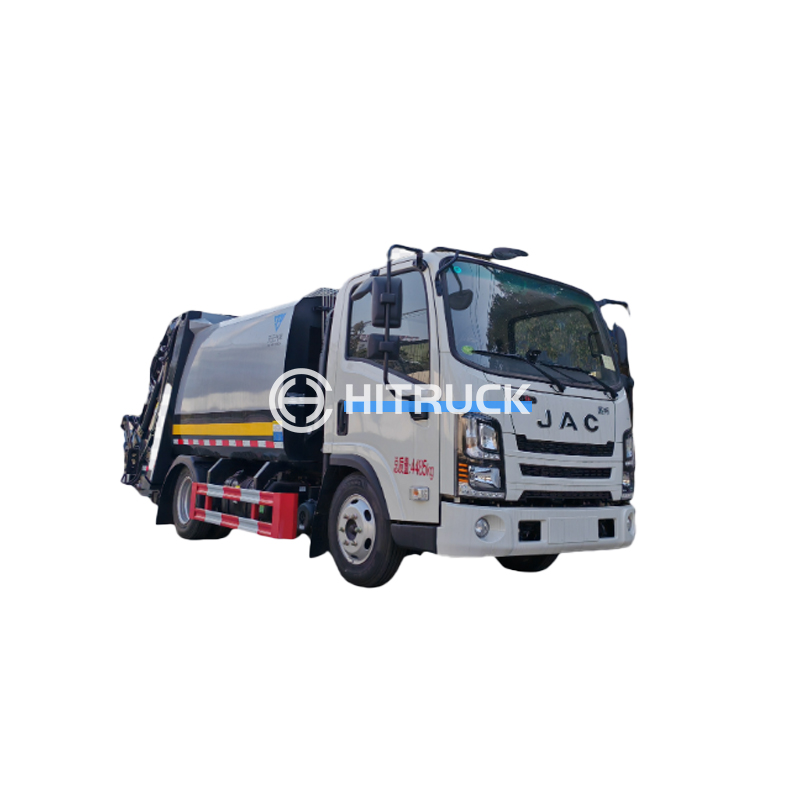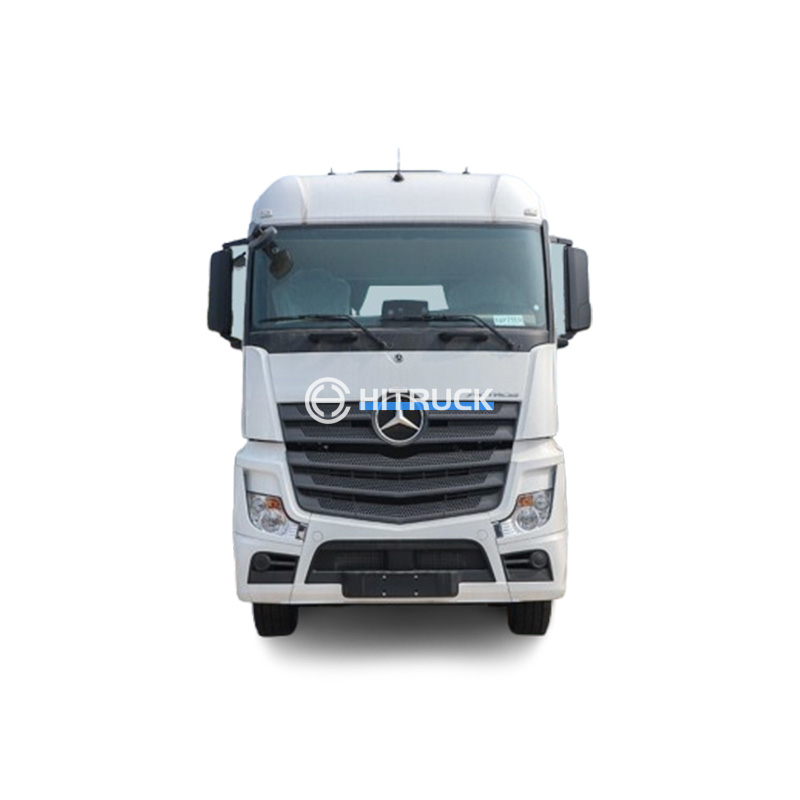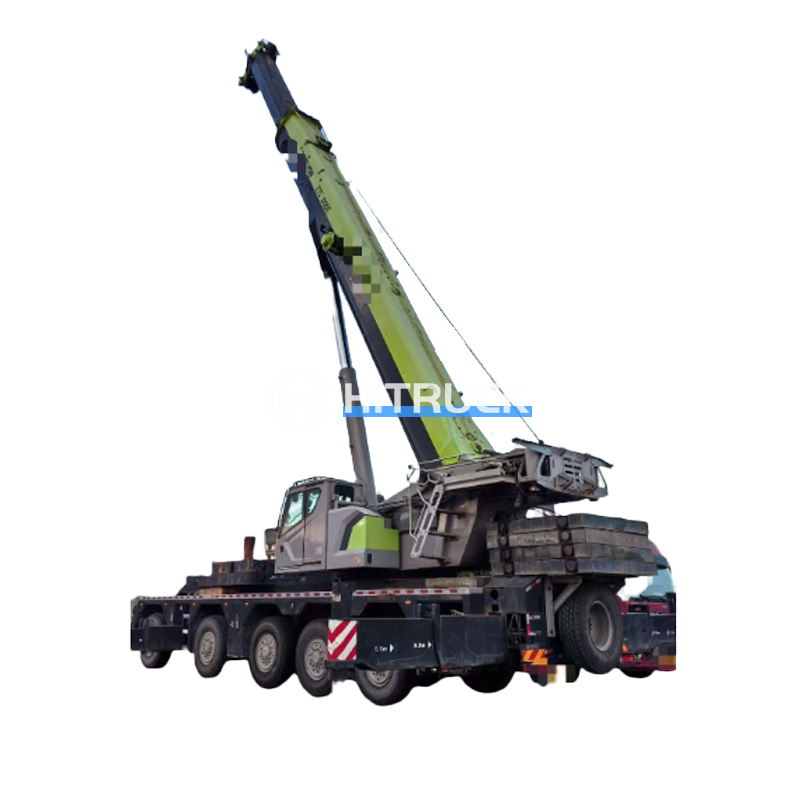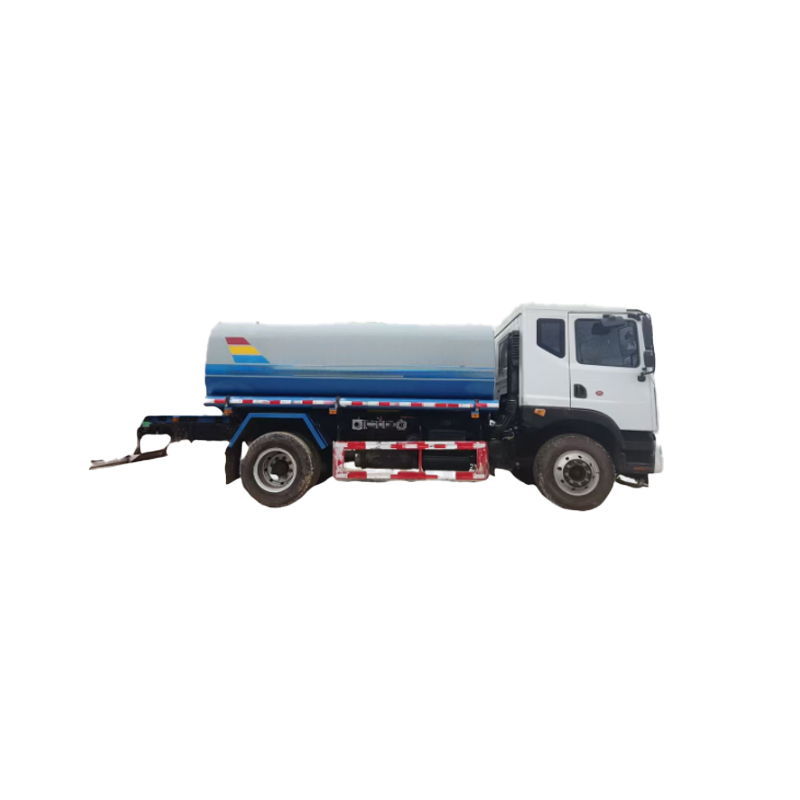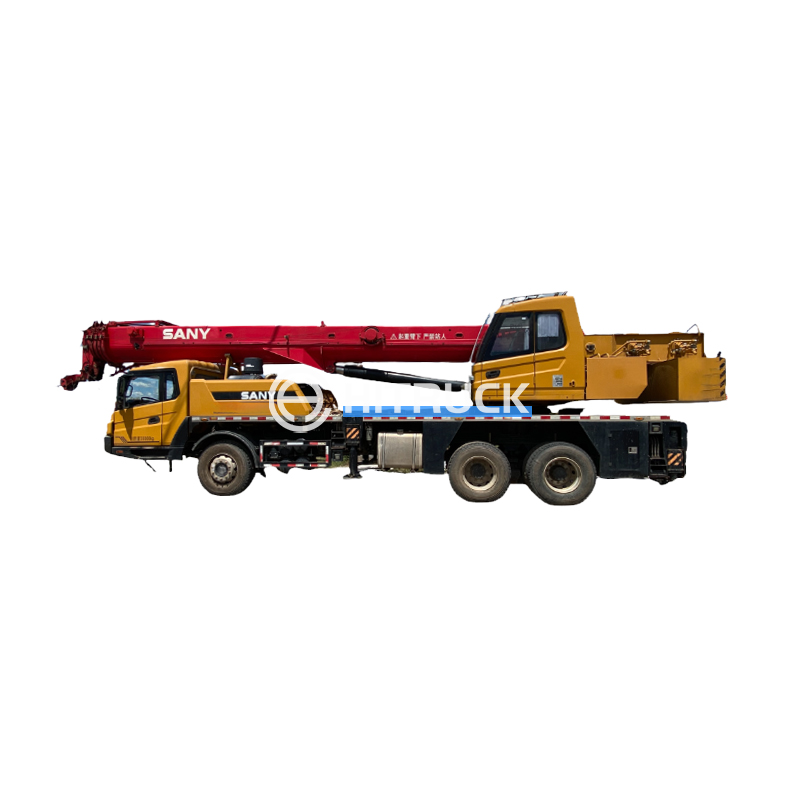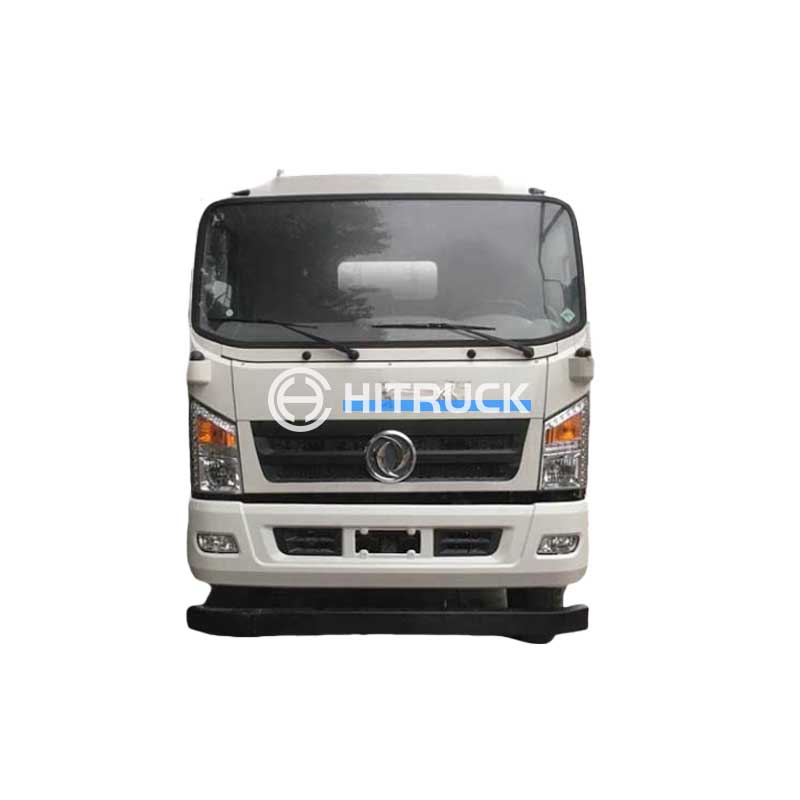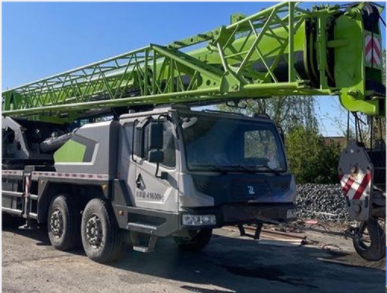This comprehensive guide explores the intricacies of double girder overhead cranes, examining their design, applications, advantages, and considerations for selection and maintenance. We'll delve into the various types, capacity ranges, and safety protocols associated with these powerful lifting systems, providing valuable insights for those involved in material handling and industrial operations. Learn how to choose the right crane for your specific needs and ensure safe and efficient operation.
A double girder overhead crane is a type of overhead crane that utilizes two main girders to support the hoisting mechanism. Unlike single-girder cranes, this design offers significantly greater lifting capacity and stability, making it ideal for heavy-duty applications in various industries. The two girders run parallel to each other, providing a robust and durable structure capable of handling substantial loads. This enhanced structural integrity allows for a wider span and heavier lifting capacities compared to their single-girder counterparts.
The most common type, bridge cranes consist of two end trucks that travel along a runway beam system. The hoist trolley moves along the girders, enabling precise positioning of the load. These are highly versatile and adaptable to various industrial settings.
Gantry cranes feature legs that rest on the ground, eliminating the need for a runway system. This makes them highly mobile and suitable for outdoor or open-area applications. The legs can be fixed or adjustable, offering flexibility in terms of reach and workspace.
While less common as a double girder design, some jib cranes also utilize a double girder structure for increased lifting capacity. These are typically used for smaller scale operations where a full overhead crane system isn't required.
The capacity and span of a double girder overhead crane are critical factors in selecting the appropriate system. Capacity refers to the maximum weight the crane can lift, while span refers to the horizontal distance between the crane's runway beams. These parameters are interdependent, and choosing the correct combination is vital for safe and efficient operation. Larger spans generally require more robust girders and higher capacity motors. Always consult with a qualified crane supplier to determine the optimal configuration for your specific needs.
Safety is paramount when operating any overhead crane. Double girder overhead cranes typically incorporate several safety features including: overload protection devices, emergency stop mechanisms, limit switches to prevent over-travel, and anti-collision systems. Adherence to relevant safety regulations and standards is crucial. Regular inspections and maintenance are essential for ensuring the continued safe operation of these critical lifting systems. Failure to comply with safety regulations can lead to serious accidents and hefty fines.
Selecting the correct double girder overhead crane involves careful consideration of several factors, including: lifting capacity, span, operating environment (indoor/outdoor), frequency of use, and budget. It’s crucial to consult with a reputable supplier who can provide expert guidance and tailor a solution to your specific needs. We at Suizhou Haicang Automobile sales Co., LTD ( https://www.hitruckmall.com/ ) understand the importance of choosing the right equipment for your business. Contact us today for a consultation!
Regular maintenance and inspections are vital for ensuring the longevity and safe operation of your double girder overhead crane. A preventative maintenance schedule should include regular lubrication, inspection of all components for wear and tear, and functional testing of safety features. A detailed maintenance log should be maintained to track all inspections and repairs. Ignoring maintenance can lead to premature failure of components and compromise the safety of personnel and equipment. This may lead to costly downtime and repair bills.
| Feature | Single Girder Crane | Double Girder Crane |
|---|---|---|
| Lifting Capacity | Lower | Higher |
| Span | Shorter | Longer |
| Cost | Lower | Higher |
| Stability | Lower | Higher |
| Maintenance | Generally easier | More complex |
Disclaimer: This information is for general guidance only. Always consult with qualified professionals for specific applications and safety considerations.

